The Pentax K-3 III Monochrome is among the most affordable cameras designed exclusively for black-and-white photography and a very good APS-C DSLR.
Up to this point, dedicated monochromatic cameras have been full-frame affairs, with Leica largely stealing the show. With cameras like the Q2 Monochrom and M11 Monochrom, Leica has given photographers a unique experience while squeezing out additional image quality. Suffice it to say these cameras are priced out of the reach of most photographers. Ricoh/Pentax’s new monochromatic K-3 III model is far more accessible.
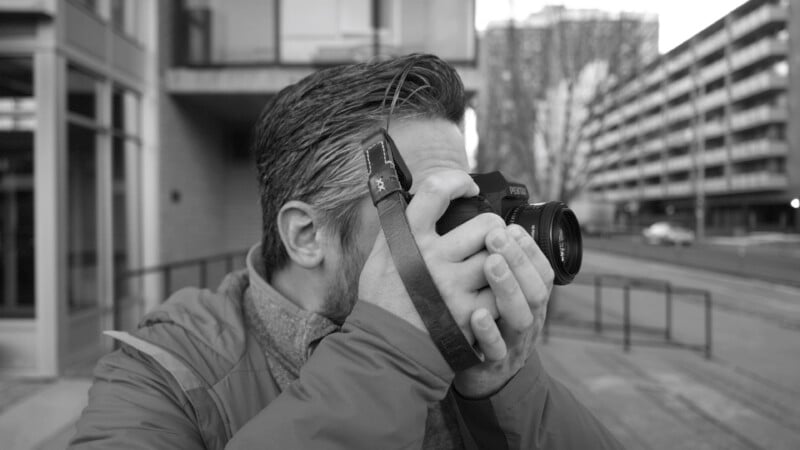
Pentax is steadily becoming a boutique manufacturer, promising to strictly adhere to the DSLR design. Creating a monochromatic version of its popular K-3 III further cements this niche. I have already reviewed the standard K-3 III model, and it has been on the market for quite some time, so I want to focus most of the attention on the monochrome sensor within the new K-3 III Monochrome.
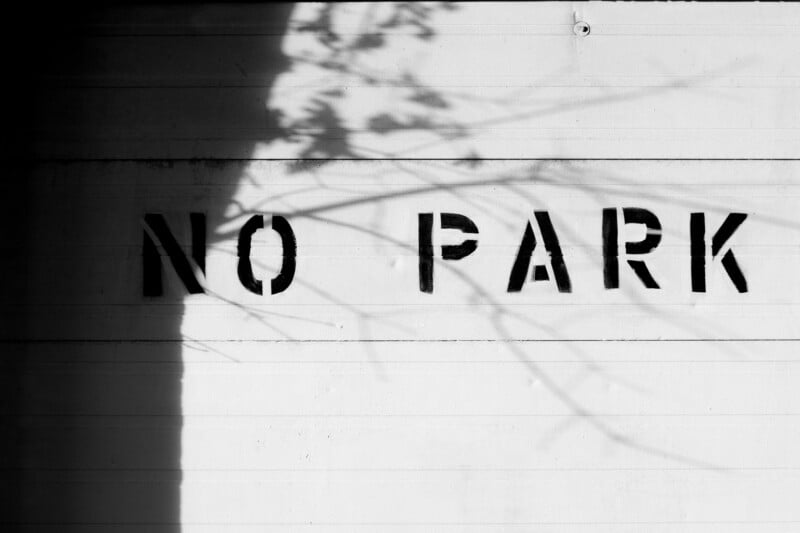
Pentax K-3 III Monochrome: The Same Great Camera
The Pentax K-3 III is an APS-C platform aimed at the more experienced photographer. Like its Nikon counterpart, the D500, the K-3 III is rugged and dependable, with advanced autofocus performance and fast burst rates. It features almost endless customization, which is a boon to the enthusiast but presents a steep learning curve to the beginner. As an SLR, the optical viewfinder experience is paramount, and the K-3 III Monochrome features the same great 1.05x magnification OVF as the standard version.
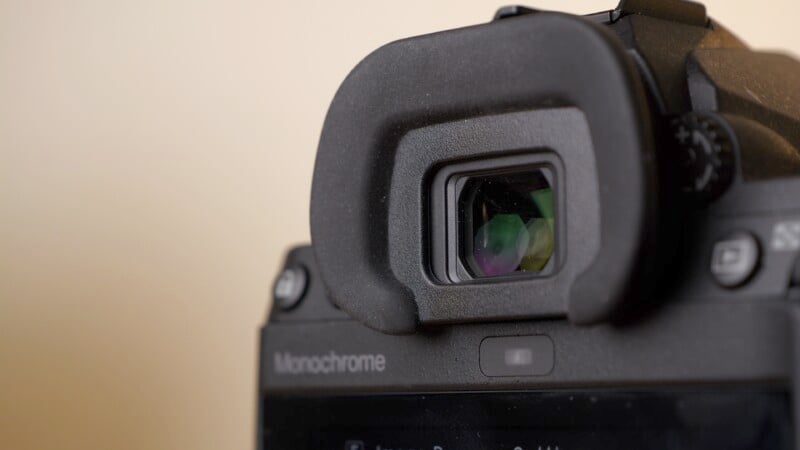
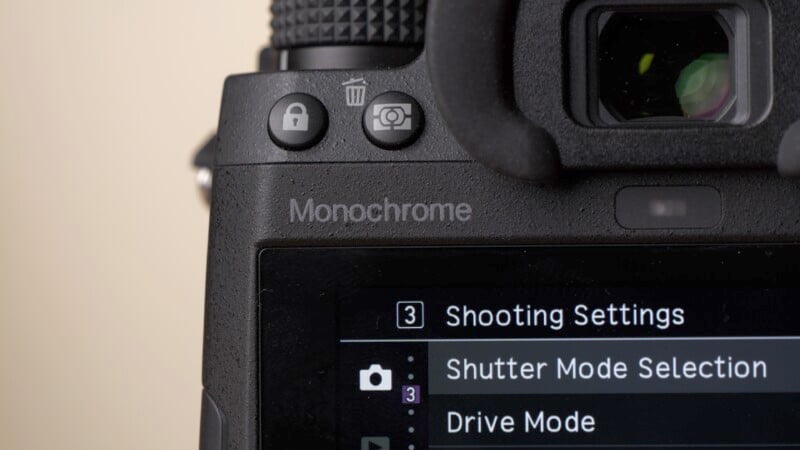
Shooting on the 1.62 million dot back panel lets you preview the world in black and white, but the lack of articulation and slow autofocus during live view sour the experience slightly. As DSLRs go, the K-3 III Monochrome is a capable camera that provides a unique shooting experience. The monochromatic sensor brings out the fun factor with color filters, and the tonality of the images straight out of the camera is pleasing. Some care has to be taken to expose slightly darker than you might be used to to save any delicate highlights, as the shadows can be pushed up quite far afterward. Let’s dive deeper into what this new sensor can deliver.

Pentax K-3 III Monochrome: An Argument With Black and White Answers
One of the biggest arguments against any dedicated monochromatic camera is simply, why? Color sensors can be put into a black-and-white profile, and images can be changed back and forth from color to black and white at will using editing software. Why limit yourself to a camera that can only shoot monochrome images? If there were no payoff to accept this limitation, the appeal of these cameras would be far more limited. However, roughly a stop of light is gained by removing the color array filter in front of the sensor. Given the same ISO, aperture, and shutter speed, the K-3 III Monochrome will be roughly one stop brighter than its color counterpart. This means that you could reduce your ISO on the Monochrome, or alternatively use a faster shutter speed or tighter aperture for creative effect.

Another benefit is the noticeable retention of detail. When the standard K-3 III shoots any image files, some level of noise reduction is baked into the file. Even the RAW files have this noise reduction present, so some fine detail is lost. Comparing side by side, the K-3 III Color appears to have very similar noise to the Monochrome with similar settings, but the Monochrome retains more fine detail while the Color version gives a more blurry appearance.
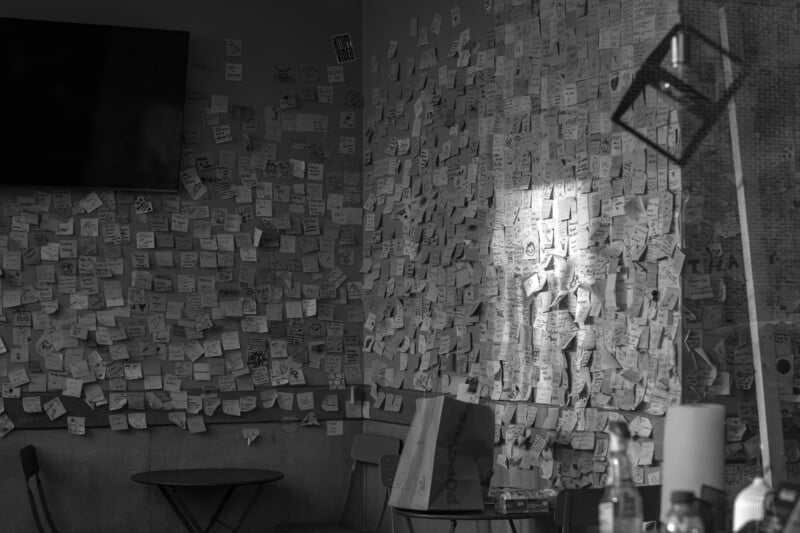
Lastly, the K-3 III Monochrome can boost dark shadows with less noise becoming apparent over the standard K-3 III. There is an appreciable benefit to the overall dynamic range with the K-3 III Monochrome sensor. Not only does this give us less noise, but also, again, more retention of detail. The K-3 III Monochrome files are more malleable than the color version, so the black-and-white-only camera has a real-world benefit.
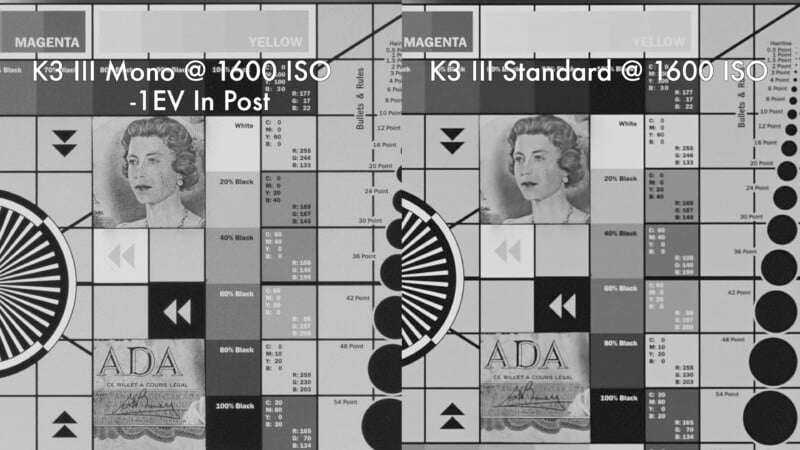
Pentax K-3 III Monochrome: Monochrome for Everyone
It’s nice to see dedicated monochromatic sensors finding their way into more affordable and accessible cameras. The benefits to image quality are significant, so if you want to shoot strictly black-and-white photography without paying Leica prices, the K-3 III Monochrome is a good option. Keep in mind that the Leica M11 is a rangefinder-style camera that not all people will enjoy using. Similarly, the Leica Q2 Monochrome does autofocus but is a fixed wide-angle lens camera. The K-3 III Monochrome provides decent autofocus with a full line of available lenses at a much lower price. You still get the unique shooting experience of using a DSLR as well, and the image quality and tonal range should please even the most scrutinizing photographers.

Alternatives:
Oddly enough, the Pentax K-1 full-frame DSLR is even less expensive than the K-3 III, and due to its larger sensor, provides more megapixels and a similar dynamic range to the K-3 III Monochrome, even when in black and white mode. It could be a good option if you also want to shoot color images and are not heavily invested in Pentax APS-C glass.
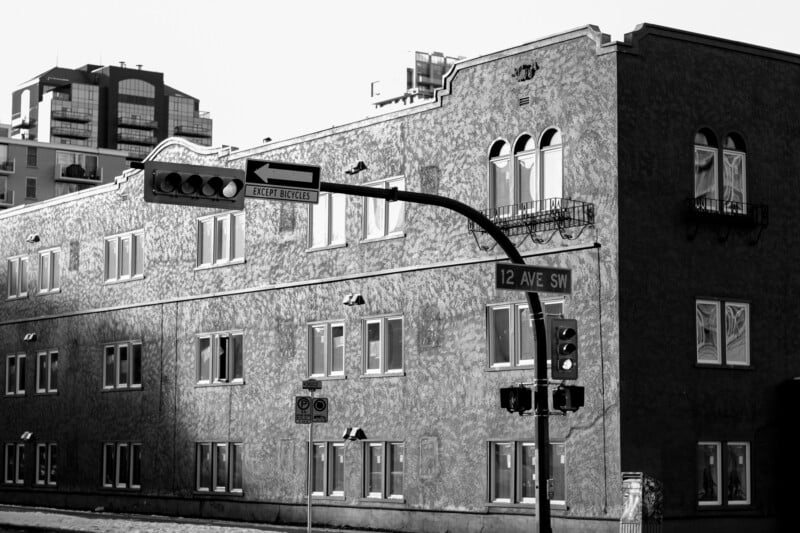
Should You Buy It?
Maybe. If you have many APS-C lenses and want to shoot exclusively monochromatic images, the K-3 III Monochrome is worth the price. Otherwise, it’s still more practical to stick to color cameras.
